In a world filled with constant demands and hectic schedules, taking care of our own well-being often takes a backseat. However, prioritizing our mental and physical health is essential for leading a fulfilling life. In this blog post, the focus is on exploring a variety of wellness tools that aim to nurture both the mind and body. The hectic pace of modern life can make it difficult to prioritize self-care, but by incorporating some of these tools into your routine, you can take important steps toward enhancing your overall health and well-being. Let’s embark on this journey together, discovering practical and effective methods to nourish the mind and body to live a balanced and more wholesome life.
Transform Your Journey to Wellness with Our Bestsellers!
Understanding Mindfulness Meditation
Mindfulness meditation is a practice that involves focusing your mind on the present moment, without judgment. By cultivating mindfulness, you can develop a greater awareness of your thoughts, feelings, and surroundings. This practice involves paying attention to your breath, bodily sensations, and the environment around you.
Techniques for Mindfulness Meditation
1. Focused Breathing: Focus on your breath, taking deep inhalations and exhalations. This helps to center your mind and bring awareness to the present moment.
2. Body Scan: Scan your body from head to toe, noticing any areas of tension or discomfort. This technique helps to release physical tension and increase body awareness.
3. Walking Meditation: Practice mindfulness while walking, paying attention to each step and your surroundings. This can be a great way to incorporate mindfulness into your daily routine.
Benefits of Mindfulness Meditation
- Reduced Stress: Regular practice of mindfulness meditation has been shown to reduce stress levels and promote relaxation.
- Improved Focus: By training your mind to focus on the present moment, you can enhance your concentration and attention span.
- Enhanced Emotional Well-Being: Mindfulness meditation can help you manage your emotions more effectively and improve overall mental health.
Real-Life Examples of Mindfulness Products
- Headspace App: This popular meditation app offers guided meditation sessions for various purposes, including stress reduction and emotional well-being.
- Muse Headband: A wearable device that provides real-time feedback on your brain activity during meditation, helping you track and improve your mindfulness practice.
Incorporating mindfulness meditation into your daily routine can have a profound impact on your overall well-being. Try out different techniques and find what works best for you to experience the benefits firsthand.
Yoga and Stretching
As we navigate the hustle and bustle of daily life, it’s essential to carve out moments that nurture our bodies, minds, and souls. In this blog, we delve into the world of yoga and stretching, practices that not only enhance physical flexibility but also promote mental clarity and inner harmony.
Flexibility and Strength
- Yoga and stretching exercises are proven methods for improving flexibility, allowing you to move more freely and with greater ease in your everyday activities.
- Enhanced flexibility helps alleviate muscle tension and joint stiffness, reducing the risk of injuries during physical tasks or sports.
- Improved strength is another benefit of regular yoga and stretching practices. These exercises engage various muscle groups, leading to increased stability and endurance over time.
Mental Clarity and Focus
- Practicing yoga and stretching has been linked to reduced stress levels and increased mental clarity.
- The meditative aspects of yoga help calm the mind, improve concentration, and promote a sense of overall well-being.
- Incorporating these exercises into your routine can boost productivity and creativity by enhancing your ability to focus and think clearly.
Better Posture and Alignment
- Yoga emphasizes proper body alignment and posture, contributing to a more balanced and aligned skeletal structure.
- Stretching exercises target key muscle groups that support good posture, reducing back pain and discomfort associated with poor alignment.
- By strengthening core muscles through yoga and stretching, you can maintain better posture throughout your day, whether you’re sitting at a desk or engaging in physical activities.
Improved Performance in Physical Activities
- Athletes and fitness enthusiasts often turn to yoga and stretching to supplement their training routines.
- Increased flexibility and strength translate to improved performance in sports and activities that require agility, power, and endurance.
- Yoga and stretching can aid in quicker recovery after strenuous workouts, allowing you to maintain a consistent exercise regimen without undue strain on your muscles.
The Importance of Eating Healthy
Why Eating Healthy Matters
Eating a well-balanced diet isn’t just a trend—it’s a crucial step towards maintaining good health. Healthy eating can boost energy levels, improve mood, enhance cognitive function, and reduce the risk of chronic diseases.
Nutrient-Dense Foods
Prioritize whole, nutrient-dense foods in your diet. Examples include:
- Leafy Greens: Spinach, kale, and Swiss chard provide essential vitamins and minerals.
- Beans and Legumes: High in protein and fiber, beans like chickpeas and lentils support healthy digestion.
- Fatty Fish: Salmon and trout are rich in omega-3 fatty acids, beneficial for heart health.
- Lean Proteins: Chicken, turkey, and tofu are excellent sources of protein with less saturated fat.
Healthy Eating Habits
Developing healthy habits around food can be transformative. Consider incorporating these practices:
- Balanced Meals: Opt for a mix of protein, healthy fats, carbohydrates, and plenty of fruits and vegetables.
- Mindful Eating: Slow down, savor each bite, and listen to your body’s hunger cues.
- Meal Planning: Allocate time each week for meal prep to avoid impulse eating and unhealthy choices.
Making Informed Choices
Reading Labels
Understanding what’s in your food is pivotal. Be wary of added sugars, artificial additives, and excessive sodium. Look for products like “Kashi GOLEAN Crunch” cereal, which boasts whole grains and protein supports.
Smart Substitutions
Making simple swaps can make a big difference. Instead of regular pasta, try “Barilla ProteinPlus” pasta, which contains whole grains and added protein. Opting for almond milk over regular milk is a great alternative, providing essential nutrients with lower calories and saturated fat.
The Benefits of Healthy Eating
Improved Energy Levels
Consuming nutrient-dense foods releases sustained energy throughout the day. Perfect examples include “Greenwise” Chicken Stir-Fry Meal Kits, boasting high protein, and a mix of colorful veggies for a balanced meal.
Enhanced Wellbeing
Healthy eating can positively impact mental health. Omega-rich foods like avocados and nuts, as seen in “Kind Healthy Grains Bars”, promote brain health while combating mood fluctuations.
Encouraging good nutrition begins with informed decision-making. By embracing healthy eating habits and making conscientious food choices, you can cultivate a vibrant, energized life.
Benefits of Regular Physical Activity
Physical activity is essential for leading a healthy lifestyle. Incorporating regular exercise into your routine offers numerous benefits:
- Improves Physical Fitness: Engaging in activities like jogging, yoga, or cycling helps strengthen muscles, increase flexibility, and improve cardiovascular health.
- Enhances Mental Health: Exercise releases endorphins, which are known as feel-good hormones, helping to reduce stress, anxiety, and depression.
- Boosts Energy Levels: Regular physical activity can increase energy levels and combat feelings of fatigue.
Different Types of Exercises and Their Benefits
Cardiovascular Exercises
Cardio workouts focus on increasing your heart rate and are excellent for overall health. Activities like running, cycling, or using cardio machines such as the Peloton Bike offer benefits like:
- Improved heart health
- Increased stamina
- Calorie burning for weight management
Strength Training
Strength training involves exercises aimed at building muscle mass and strength through resistance training. Examples include using Bowflex dumbbells and benefit from:
- Enhanced metabolism
- Better posture
- Reduced risk of injury
Flexibility and Mobility Exercises
Exercises like yoga, Pilates, and stretching improve flexibility and mobility. These activities, such as practicing with a Manduka yoga mat, help in:
- Preventing muscle stiffness
- Promoting relaxation
- Increasing range of motion
Establishing a Balanced Routine
It’s important to incorporate a mix of cardiovascular exercises, strength training, and flexibility activities to maintain overall physical well-being. Striking a balance between these types of exercises can provide holistic benefits for your body and mind.
Be the best version of yourself
In conclusion, by incorporating mindfulness meditation, yoga, good nutrition, and regular physical activity into your daily routine, you can achieve a healthier mind and body. Combining these wellness tools is key to maximizing the benefits for overall well-being.
Empower Your Wellness Journey
How can wellness tools benefit both the mind and body?
Wellness tools can benefit both the mind and body in several ways. Using meditation apps, relaxation techniques, exercise equipment, and healthy eating planners promotes physical health by reducing stress levels, improving sleep quality, increasing energy levels, and strengthening the immune system. Furthermore, these tools can enhance mental well-being by helping individuals manage anxiety, boost mood, enhance focus and concentration, and foster a sense of overall well-being. Taking care of both the mind and body is essential for leading a healthy and balanced life.
In what ways can wellness tools aid in physical health and overall wellness?
Wellness tools can aid in physical health and overall wellness in various ways. First and foremost, these tools provide valuable resources and support for individuals looking to track and improve their fitness levels, nutrition, sleep patterns, and stress management. They can offer insights into daily habits and behaviors, helping users make more informed choices to enhance their overall well-being. Additionally, wellness tools often include features such as workout plans, meditation guides, meal planning resources, and health trackers that promote physical activity, proper nutrition, relaxation, and better sleep hygiene. By utilizing these tools effectively, individuals can better monitor their health, set achievable goals, stay motivated, and ultimately lead a healthier lifestyle. In this way, wellness tools can play a crucial role in nurturing physical health and improving overall wellness.
What role do wellness tools play in establishing a balanced and healthy lifestyle?
Wellness tools, such as fitness trackers, meditation apps, and meal planning guides, play a key role in helping individuals establish a balanced and healthy lifestyle. These tools often provide valuable insights and support that can empower individuals to make informed choices about their health and well-being.
Fitness trackers, for example, can help individuals track their physical activity levels and set goals for staying active throughout the day. Meditation apps can support emotional well-being by guiding users through mindfulness practices to reduce stress and improve mental clarity. Meal planning guides can assist in creating nutritious and balanced meals, supporting overall health and wellness.
By utilizing these wellness tools, individuals can proactively manage their health, build healthy habits, and achieve a better balance between physical, mental, and emotional well-being. Embracing these tools as part of one’s lifestyle can lead to long-term positive changes and a more holistic approach to health and wellness.
Can you provide examples of wellness tools that have shown significant impact on both mental and physical health?
Certainly! There are several wellness tools that have demonstrated significant impact on both mental and physical health. Examples include regular exercise, meditation and mindfulness practices, maintaining a balanced diet, adequate sleep, social connection and support, self-care activities such as hobbies or creative pursuits, and stress management techniques like deep breathing exercises or progressive muscle relaxation. These tools have been shown to improve mood, reduce stress, increase energy levels, enhance physical health, and contribute to an overall sense of well-being. Incorporating these tools into one’s daily routine can lead to positive outcomes for both mental and physical health.
What types of wellness tools are most effective for improving mental well-being?
Various wellness tools can be effective in improving mental well-being. Some of the most prominent and evidence-based tools include mindfulness meditation, yoga, cognitive-behavioral therapy (CBT), physical exercise, journaling, and social support. These tools have been shown in numerous studies to help reduce stress, anxiety, and depression while promoting overall mental wellness. Combined with healthy lifestyle choices and professional support, incorporating these tools into one’s daily routine can lead to significant improvements in mental well-being. It is essential to find the right combination of tools that work best for each individual, as the effectiveness may vary based on personal preferences and needs. By exploring these options and staying consistent with their use, individuals can take important steps toward nurturing their mental health and well-being.
Are there specific techniques or practices recommended for enhancing mental clarity and focus?
Yes, there are specific techniques and practices that can help enhance mental clarity and focus. Some commonly recommended strategies include meditation, deep breathing exercises, regular physical exercise, maintaining a balanced diet, getting adequate sleep, minimizing distractions, prioritizing tasks, setting clear goals, and taking short breaks to rejuvenate the mind. Different techniques work for different people, so it’s important to experiment and find what works best for you. Practicing consistency and patience with these techniques can greatly improve mental clarity and focus over time.










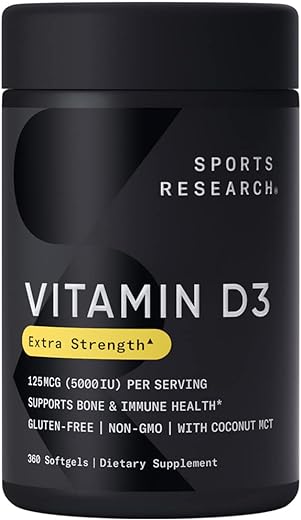
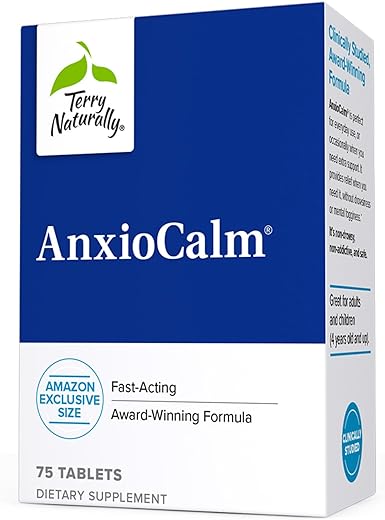
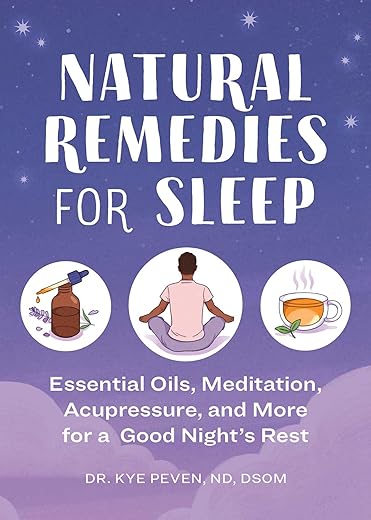
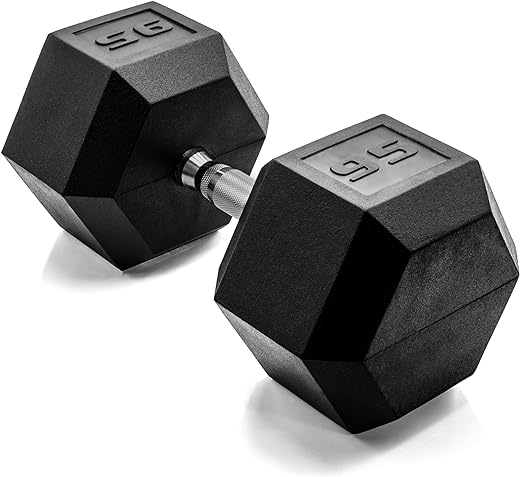
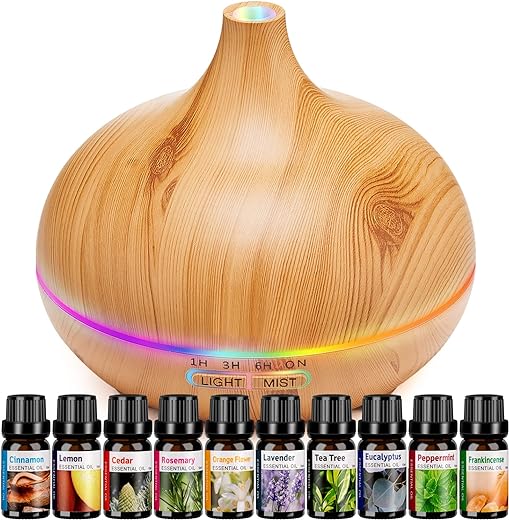

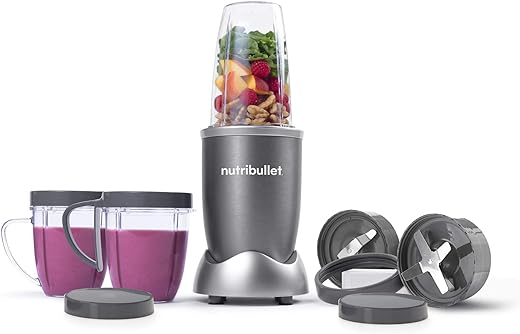

I recently started incorporating daily walks into my routine after reading about the benefits of physical activity. It’s been great for clearing my mind and staying active. How else can I maximize the benefits of this simple exercise?
That’s wonderful to hear! To maximize the benefits of your daily walks, you can try incorporating interval training by alternating between periods of brisk walking and slower walking. This can help boost your cardiovascular health and calorie burn.
I’m interested in learning more about how healthy eating habits tie into overall wellness. Could you suggest any books or articles for further reading on this topic?
I find that combining mindfulness meditation with yoga really helps me destress and improve my focus. Do you have any specific recommendations for guided meditation apps or online classes?
Thank you for sharing your experience! For guided meditation, I recommend trying out apps like Calm or Headspace. They offer a variety of meditation sessions for different needs.